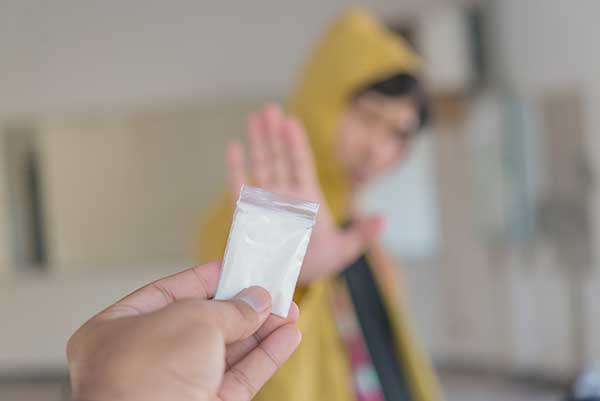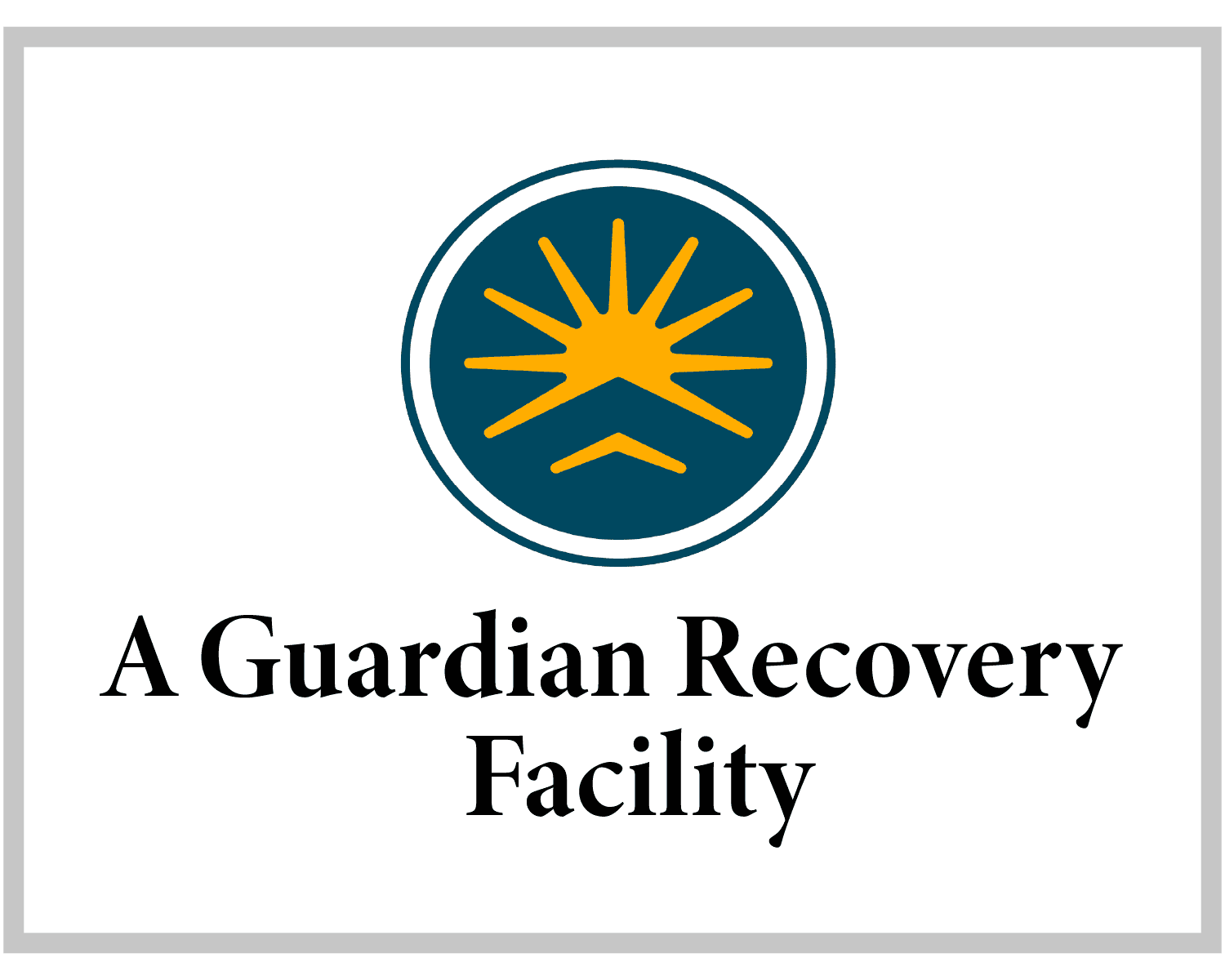Cocaine Statistics
When we think about cocaine, Hollywood images of Uma Thurman overdosing dramatically in the cult classic “Pulp Fiction,” or Al Pacino slumped over amidst a mountain of the white stuff in “Scarface,” tend to come to mind. By stereotype, Cocaine is a drug for the rich and the famous — for the elite, rockstars and mafia members — right? The truth is, cocaine has been one of the most frequently abused stimulant drugs in the country since it was first introduced to American society. And cocaine addiction has been on the rise.
According to an article published by the National Center for Biotechnology Information, the first major cocaine epidemic in the U.S. happened in the late 19th century. Prior to that time, there were absolutely no laws restricting the sales or consumption of the drug, and it was an ingredient in common products ranging from cigarettes to soda pop.
By the 1920s the negative effects associated with cocaine had become more than apparent, and the drug became illegal. It was dubbed “Public Enemy No. 1” by President William Taft. By the year 1914, Congress passed the Harrison act with flying colors, which steeply restricted the distribution and sale of the illicit stimulant. Today, it is estimated that roughly one out of every four American citizens — upwards of 50 million men and women across the country — have experimented with cocaine at least once in their lives. Unfortunately, for many, run-ins with the drug do not end at mere experimentation.
We Are Here For You
Let Us Help You Heal
Our Drug & Alcohol detoxification experience is second to none.
Learn how we can help by speaking with one of our Treatment Advisors today.
Cocaine Abuse & Addiction
The National Institute on Drug Abuse reports that there are currently 1.5 million cocaine users over the age of 12 in the U.S. The National Survey on Drug Use and Health suggests that cocaine abuse rates have remained somewhat stable in the US since 2009. The highest rates of cocaine abuse are among men and women between the ages of 18 and 25. In most cases, the illicit drug is used nasally, and snorted in its white powdered form. Some people (those who have already developed a tolerance and a physical dependence) might dissolve the drug in water and use it intravenously. Cocaine can also be smoked. Using the drug intravenously or smoking the drug increases its potency while leading to the development of physical dependence more quickly. If you or someone you love has been abusing cocaine in any capacity, seeking professional help is essential — and CuraWest is available to help. Our comprehensive and highly individualized Denver detox program focuses on a safe and comfortable cocaine withdrawal while actively equipping each client with the tools and coping mechanisms he or she needs to maintain sobriety for years to come. To learn more about cocaine addiction or to begin your own personal journey of healing — or to help your loved one get started on his or hers — contact us today.
Our Drug & Alcohol Detox Services Include
10 Facts About Cocaine Addiction

While cocaine abuse and addiction rates have remained relatively stable, there are still millions of men and women throughout the country who suffer from cocaine addiction on an annual basis. At CuraWest we have compiled a list of 10 interesting facts regarding cocaine addiction you might not be aware of. For more detailed information, contact us at any time.
- The majority of women who struggle with cocaine addiction are of the childbearing age – and studies show that there are roughly 750,000 cocaine-exposed pregnancies every year in the US. Women who are addicted to cocaine and who become pregnant are often reluctant to seek the help they need, either because stigma prevents them from doing so, or because they are afraid they will lose custody of their child. Unfortunately, this leads to many serious health-related issues — both for the mother and for her unborn child. Babies who are born to mothers that actively abused cocaine over the course of their pregnancies are often premature and suffer from small head circumferences and dangerously low body weights.
- Chronic cocaine use affects many areas of the brain, and can lead to permanent brain damage – Some studies show that individuals who use cocaine for an extended period of time suffer from a lack of self-insight, poor decision making skills, significant memory loss and the inability to adapt to the negative consequences that go hand-in-hand with untreated drug abuse.
Ready To Begin Your Drug & Alcohol Detox?
We Offer A Safe & Effective Program
Don’t let Drug & Alcohol addiction control your life.
Call us today and let’s get you started on the path to a better you.
- Cocaine use leads to an increase in risk-taking sexual behaviors – these behaviors lead to more promiscuous and unprotected sex, which in turn leads to higher rates of sexually transmitted diseases such as HIV. Men and women who use cocaine intravenously are also at a higher risk of contracting HIV and other blood-borne diseases.
- Cocaine abuse is fairly common among teenagers and young adults – especially in social settings. A report published by the National Institute on Drug Abuse suggests that 1.6 percent of all 8th through 10th graders have used powdered cocaine at least once during their lifetimes, and that 4.1 percent of 12th graders have used cocaine at least once. Most of the teenagers or adolescents that use cocaine obtain it from a friend or a peer at school.
- People tend to use cocaine recreationally in combination with other chemical substances – Individuals often assume that moderate recreational use is relatively safe and cannot result in any serious long-term consequences. A study recently published by the Centers for Disease Control and Prevention, however, found that cocaine was involved in one out of every 5 overdose deaths that occurred in the US in 2017. Most cases of overdose linked to cocaine included at least one other chemical substance — most commonly alcohol or opioid narcotics.
- While the rates of cocaine abuse and addiction have remained stable since 2009 – the rates of cocaine-related overdose have been increasing dramatically over the course of the past decade. Researchers at the CDC reported that from 2013 to 2018 rates of cocaine-related overdose increased 27 percent every year.
- People who snort cocaine run the risk of developing a range of serious health-related issues – including chronic nosebleeds, chronic inflammation of the nose and nostrils, sinusitis, perforation of the nasal septum and ulcers in the throat. Many long-time cocaine abusers require reconstructive surgery to correct damage done to the nose.
Begin Healing Now!
Have A Call With One Of Our Treatment Advisors
Don’t Suffer Any Longer
- Cocaine is rarely pure – Anyone who purchases powdered cocaine from a street dealer can expect the drug to be laced with any number of substances, including sugar, flour, laxatives, talc powder and cornstarch.
- People who use cocaine regularly often experience “emotional blunting” – meaning that they are unable to experience any degree of pleasure. Cocaine works by releasing large amounts of dopamine — a “feel good” chemical within the brain. When a person stops using cocaine he or she experiences a lack of dopamine, which severely inhibits the amount of pleasure derived from activities and experiences that were previously enjoyed, such as eating a delicious meal or having sex.
- The cardiac risks related to cocaine abuse are significant – People who use cocaine regularly are at higher risk of heart disease, cardiac arrest, plaque build-up on the artery walls, arrhythmia and high blood pressure.
Comprehensive Cocaine Detox
The symptoms associated with cocaine withdrawal are not typically life-threatening, but they can be extremely uncomfortable and often lead to relapse if not closely overseen in a medical detox setting. At CuraWest we provide our clients with a safe and closely monitored cocaine withdrawal, and all physical and psychological symptoms are thoroughly treated the moment they develop. In addition to prioritizing client comfort we prepare our clients for the next appropriate level of clinical care and offer personalized rehab placement services whenever necessary. We understand how destructive cocaine addiction can be, and how overwhelming committing to a long-term program of recovery might seem at first. For these reasons we are available to help walk you and your loved one through every stage of the early recovery process, from admissions through aftercare. To learn more about our comprehensive cocaine detox journey or to get started on the road to recovery, contact us today.

Reviewed for accuracy by:
Jasmine Billups
LPC-S
Jasmine has worked in the mental health field for over 18 years. She earned her B.A. in Psychology with a Minor in Child and Family Relations from North Carolina Central University, and her M.A. in Mental Health Counseling from Argosy University. Jasmine is a Licensed Professional Counselor Supervisor and has specialized in addiction for over 10 years.























